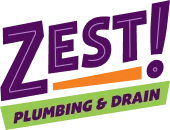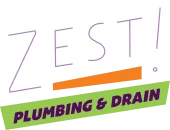Proudly Serving The Scottsdale, AZ Area
How to Unclog Shower Drain?

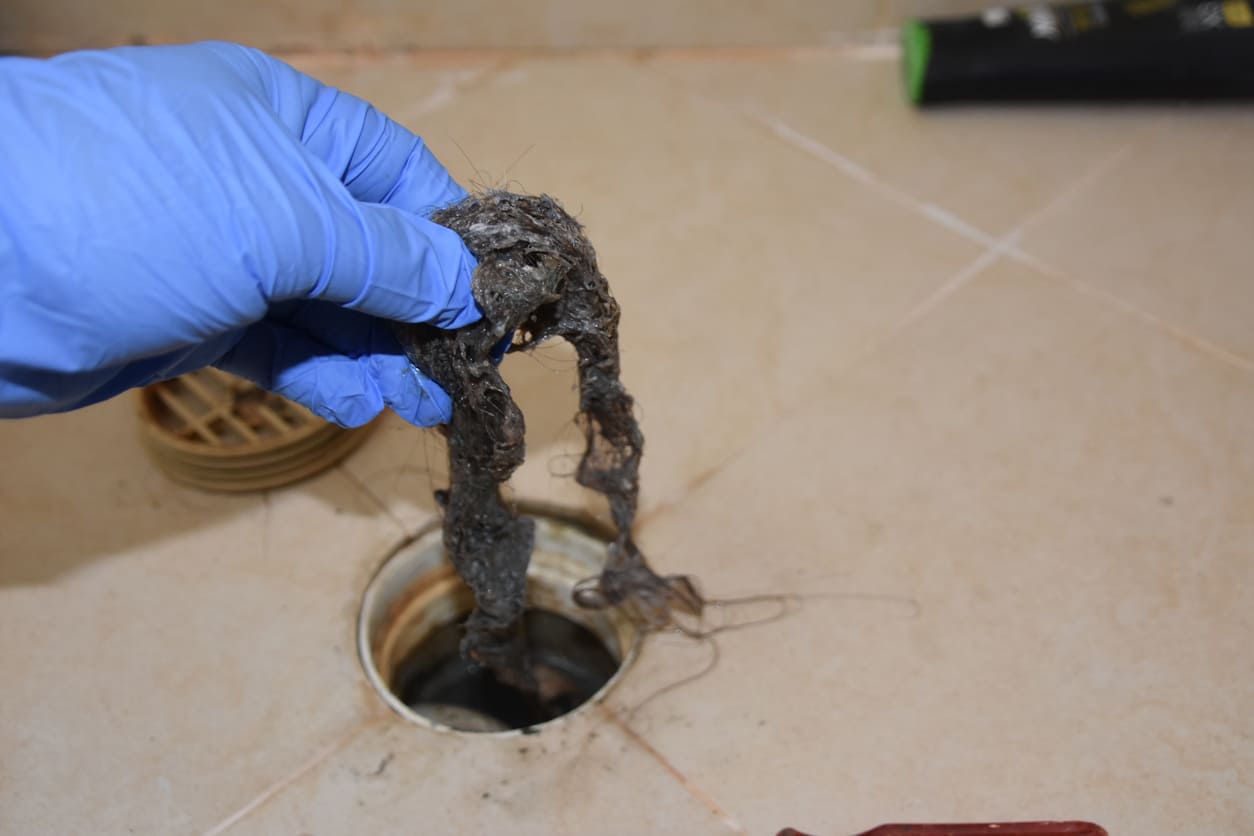
How to Unclog Shower Drain?
A slow-draining shower might seem like a small inconvenience—until water starts pooling at your feet every morning. For homeowners, a clogged shower drain can quickly become more than just a nuisance; it can signal underlying plumbing issues that deserve serious attention. While some clogs can be cleared with simple tools and techniques, others require a deeper understanding of what’s really going on beneath the surface. If you’re wondering how to unclog shower drain the right way, you’re already on the path to making a smarter, cleaner, and safer choice for your home.
Why Shower Drains Get Clogged in the First Place
Shower drain clogs are among the most common plumbing issues homeowners face—but knowing why they happen is key to solving them correctly. Over time, a mix of hair, soap scum, and body oils can create a sticky buildup just beneath the drain cover. It might start as a slow drain, but if ignored, that buildup can harden and block the pipe entirely.
Sometimes, it’s not just surface debris. Mineral deposits from hard water, improper pipe slope, or deeper plumbing issues can also be at play. What looks like a minor drain blockage could actually be part of a larger problem forming further down the line. That’s why even seemingly simple clogs are worth paying attention to—and why getting ahead of them with proper care, or a professional plumbing inspection, often makes more sense than chasing temporary fixes.
Safe and Effective Ways to Unclog Your Shower Drain
When you’re standing ankle-deep in shower water, it’s tempting to grab the strongest chemical cleaner you can find. But not every method is right for every clog—or every home. In fact, some quick-fix solutions can do more harm than good, damaging pipes or pushing the clog deeper out of reach. That’s why it’s important to start with options that are safe, effective, and designed with your home’s long-term plumbing health in mind.
Use a Drain Snake or Hair Removal Tool
For shallow clogs caused by hair or soap buildup, a manual removal tool is often your best first move. Drain snakes and flexible claw grabbers are easy to find, easy to use, and often surprisingly effective. They’re especially useful for physical debris near the surface and a great DIY option before turning to more involved strategies. These tools can provide quick shower drain cleaning results without the risks of harsh chemicals.
Try a Baking Soda and Vinegar Flush
This natural combination can help break up greasy or soapy clogs when the obstruction isn’t too deep. Pouring a mixture of baking soda followed by vinegar down the drain causes a fizzy reaction that helps dislodge buildup. After letting it sit, a hot water flush often finishes the job. It’s safe for most plumbing systems and environmentally friendly—though it may not be enough for tougher, more complex blockages.
Hot Water and Detergent Soaks
If you’re looking for a gentle and budget-friendly way to start, hot water combined with a few drops of liquid dish detergent can work wonders—especially on greasy or soapy clogs. This method is ideal for shower drains that are partially blocked and draining slowly. Let the mixture sit, then flush with hot water. It’s an easy first step before trying more involved shower drain cleaning methods.
When to Avoid Store-Bought Drain Cleaners
While they promise fast results, many over-the-counter drain cleaners use chemicals that can eat away at your pipes over time. They may work once or twice but often leave residue or worsen corrosion—especially in older homes. When the clog doesn’t budge or keeps coming back, it’s time to step back and call in professional drain cleaning services. A licensed technician can clear the issue safely without putting your home’s plumbing at risk.
What Not to Do When Unclogging a Shower Drain
When faced with a clogged shower drain, it’s easy to reach for any fix within arm’s length—but some solutions cause more harm than good. For example, using a wire coat hanger to “fish out” the clog might seem clever, but it can scratch or damage the inner lining of your pipes. Other homeowners make the mistake of mixing chemical cleaners, thinking that two products will work better than one. In reality, that combination can create toxic fumes or corrode your plumbing.
Another common misstep is over-relying on plungers or forceful flushing. If the blockage is deep or connected to a larger plumbing backup, plunging might only move the clog further down, where it becomes harder to access. At a certain point, it’s no longer a DIY fix—it’s a potential emergency. That’s when it’s time to stop guessing and call for emergency plumbing help. A professional has the tools and experience to resolve the problem without risking damage to your system.
When It’s Time to Call a Plumber
Every homeowner wants to handle small problems themselves—but sometimes, that stubborn clog is telling you it’s more than just soap and hair. When your shower isn’t draining despite multiple attempts, or if you notice gurgling, bad smells, or standing water that won’t go away, it’s likely time to get a professional involved. These aren’t just surface-level issues—they could point to a plumbing backup deeper in your system.
Persistent clogs can be a symptom of pipe damage, intrusive tree roots, or years of mineral buildup. At that point, home remedies won’t reach the source of the problem—and pushing too hard with tools or chemicals could cause real damage. A qualified plumber can perform a full plumbing inspection and, if needed, use advanced tools like video pipe cameras or hydro-jetting. In more severe cases, partial pipe replacement may be the safest and most effective long-term fix. When your drain stops cooperating, calling a professional isn’t giving up—it’s taking control.
Why Professional Tools Make a Difference
When homeowners reach the end of what basic tools and household remedies can do, professionals step in with far more advanced solutions. Plumbers use specialized equipment like video inspection cameras to locate hidden blockages, identify damaged pipe sections, or confirm whether buildup is recurring in other parts of your system. These tools provide insight that plungers and drain snakes can’t offer.
A thorough plumbing inspection can reveal if your clog is part of a larger issue—like root intrusion, corroded pipes, or alignment problems. These deeper diagnostics not only fix the current clog but prevent future backups. Choosing to work with a professional gives you a clearer understanding of your plumbing health and ensures that you’re not treating symptoms while ignoring the source.
Wrap-Up: Clearing Clogs the Right Way
The truth is, clogs are often more complex than they appear. What starts as a slow drain can evolve into a costly repair if the warning signs are ignored. DIY fixes have their place, but relying on them too long can push small issues into bigger territory. The smartest move is recognizing when your time and tools have hit their limit—and knowing that professional help isn’t just about solving the problem, but preventing the next one.
For homeowners who want a solution that lasts, trusted help is just a call away. Zest Plumbing & Drain delivers expert-level care, from safe and thorough drain cleaning services to full-home plumbing support that protects your system for the long haul. Whether you need advice, diagnostics, or a complete clean-out, choosing the pros means you won’t just restore your shower—you’ll restore peace of mind.
Recent News
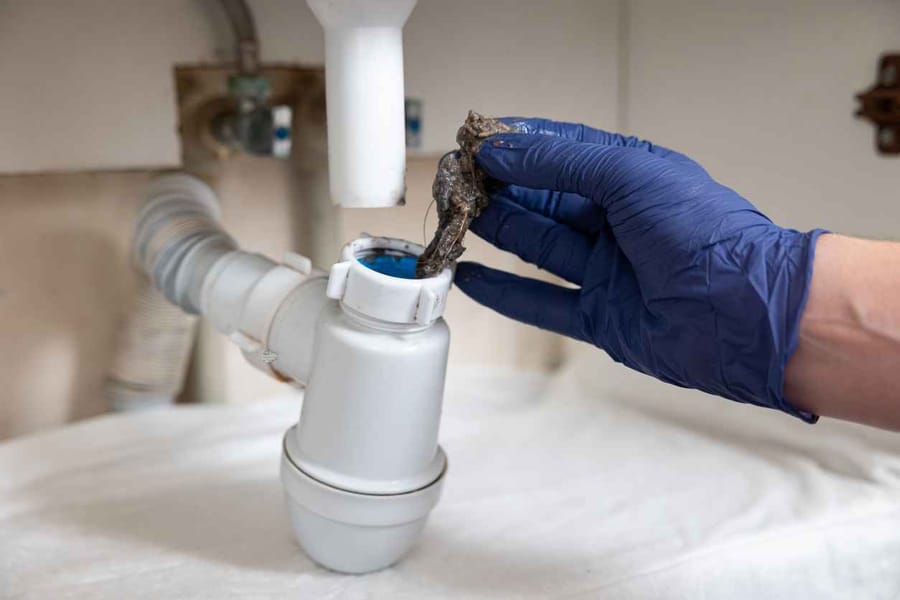
Top 5 Signs You Need a Drain Cleaning in Arizona (Before It Becomes an Emergency)

Why Your Shower Takes Forever to Get Hot and How to Fix It

The Bathroom Drain Inspection Blueprint: What Every Homeowner Needs to Know
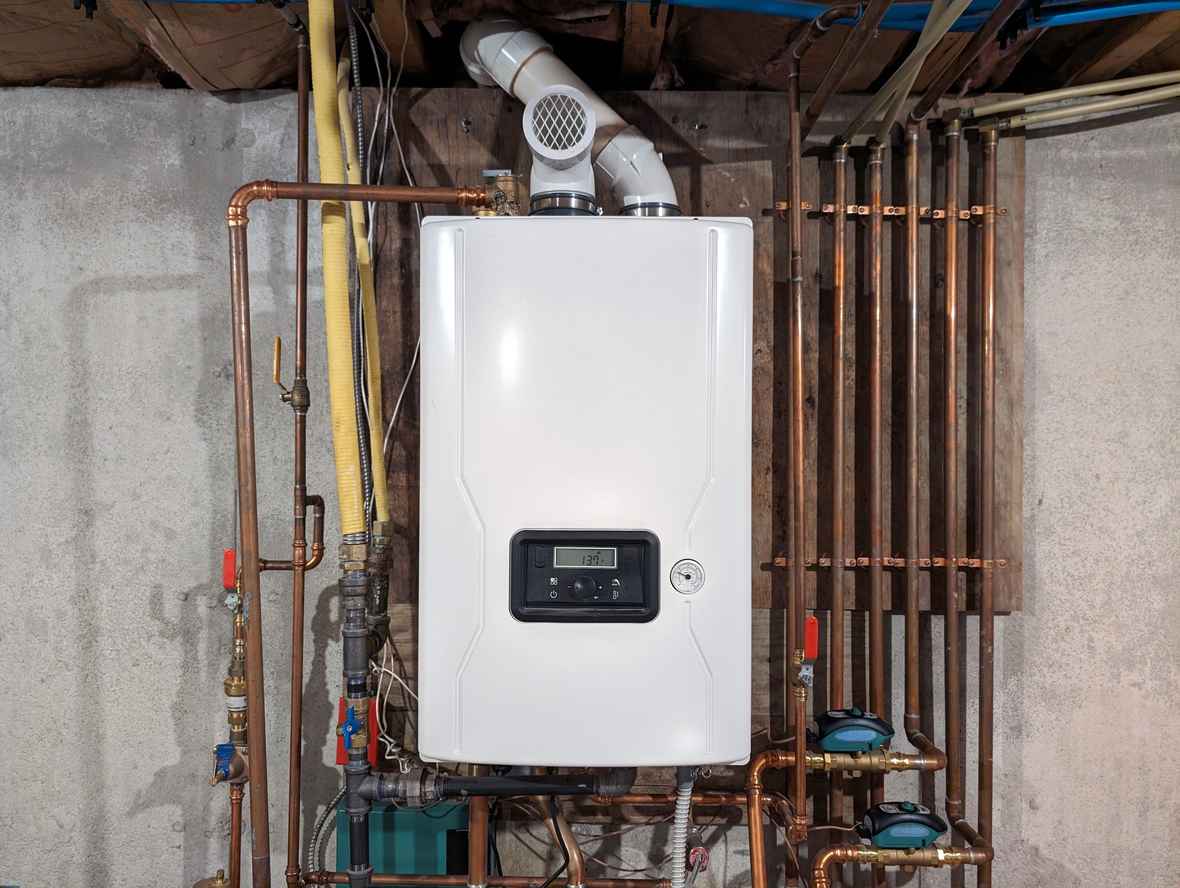
Choosing the Right Water Heater: Tankless vs. Storage for Your Scottsdale Home
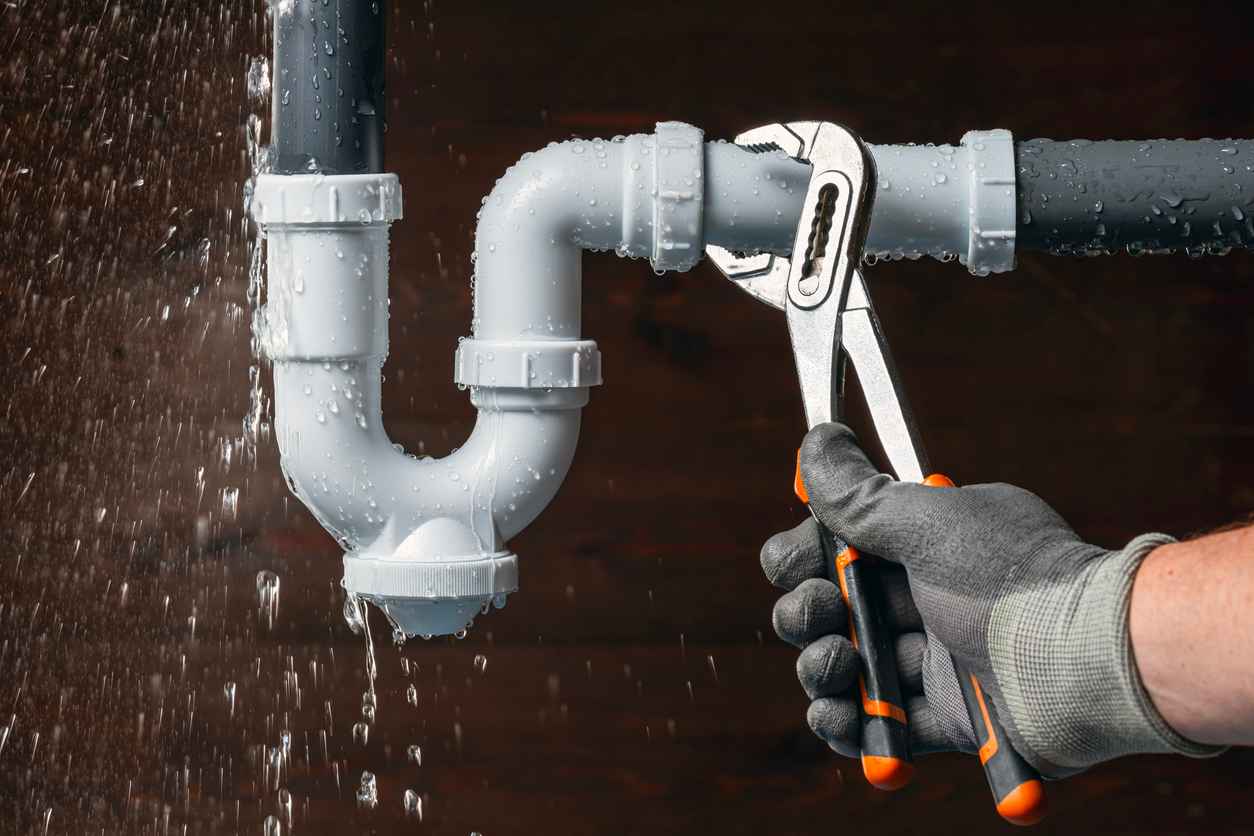
Seasonal Plumbing Maintenance Schedule for the Arizona Climate
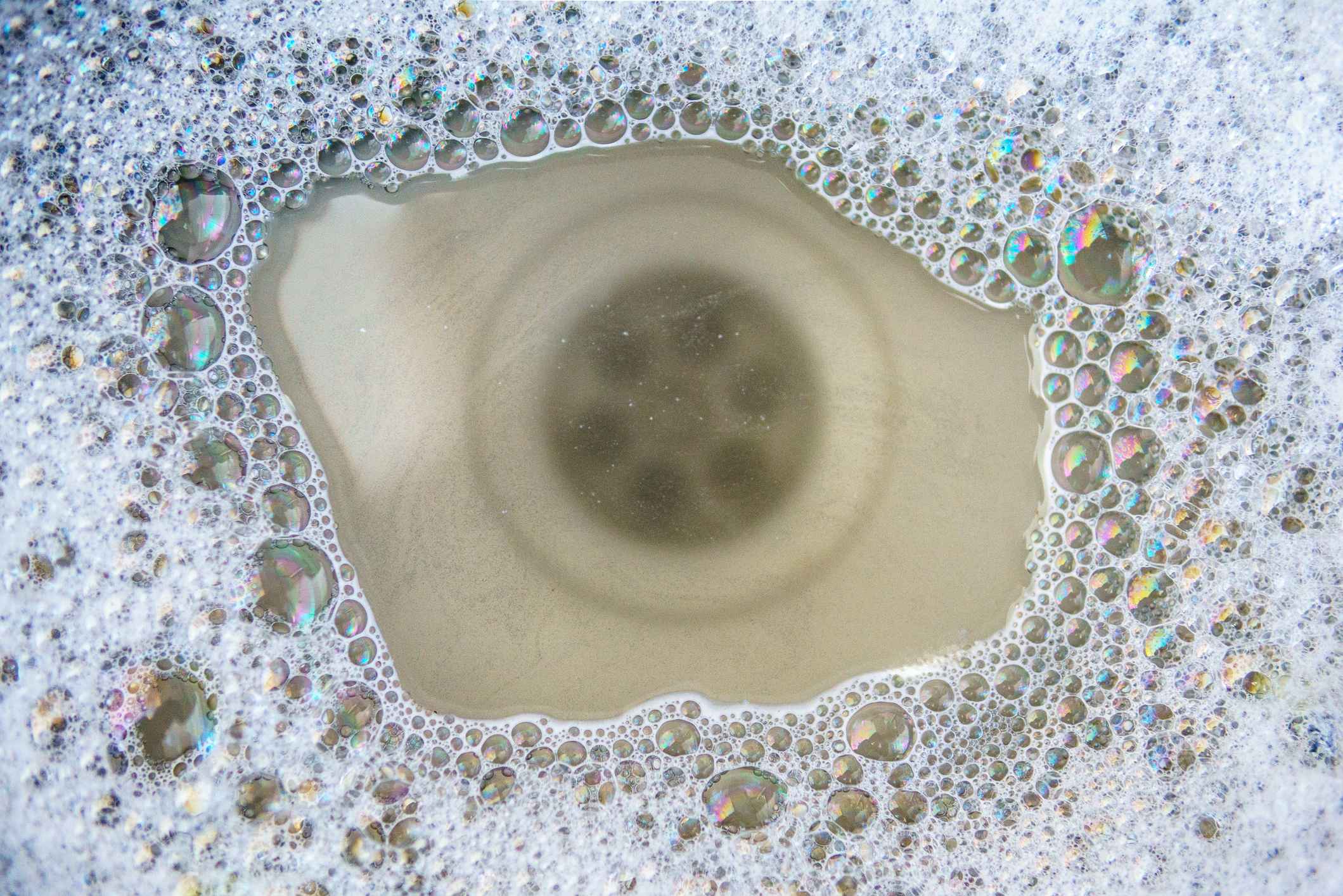
Signs of a Clogged Drain
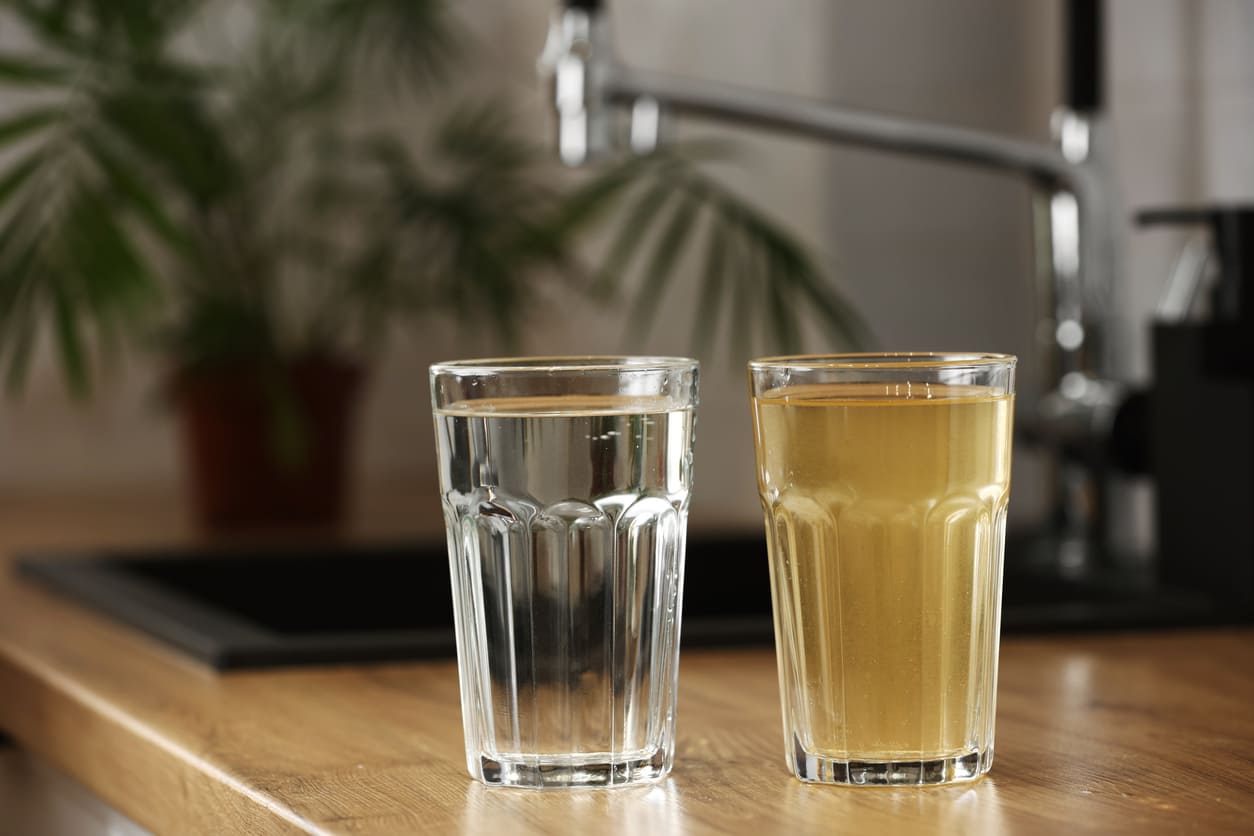
How to Filter Water?
Get in Touch
